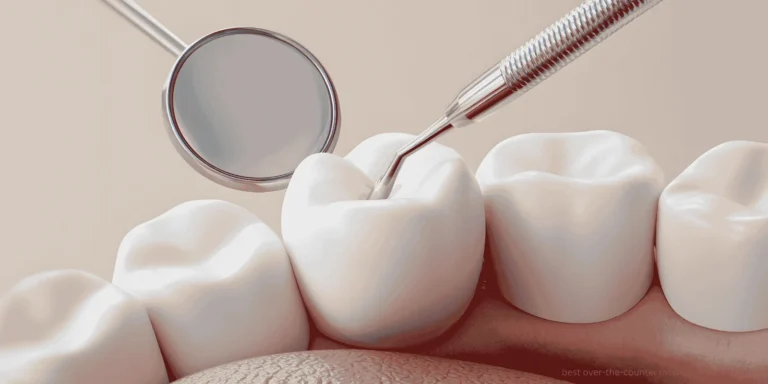Absolutely. You can develop bacterial vaginosis (BV) without any sexual activity whatsoever. This is a common misconception that causes unnecessary worry and confusion among my patients, including teenagers and women who aren’t sexually active.
BV occurs when the natural balance of bacteria in the vagina becomes disrupted. Normally, beneficial bacteria called lactobacilli maintain an acidic environment that keeps harmful bacteria in check. When this delicate balance shifts, harmful bacteria can overgrow, leading to BV symptoms.
Common causes of BV in non-sexually active women include:
Antibiotic use is a leading trigger. While antibiotics fight infections effectively, they also kill beneficial vaginal bacteria along with harmful bacteria elsewhere in your body. This disruption can allow harmful bacteria to flourish.
Douching significantly increases BV risk by washing away protective bacteria and altering vaginal pH. Many healthcare providers strongly discourage douching for this reason.
Hormonal changes during puberty, menstruation, pregnancy, or menopause can affect the vaginal environment and bacterial balance. Young women often experience their first BV episode during these hormonal transitions.
Personal hygiene products like scented soaps, bubble baths, feminine sprays, or harsh detergents can irritate vaginal tissues and disrupt the natural bacterial ecosystem.
Stress and illness can weaken your immune system, making it harder for your body to maintain proper bacterial balance.
Tight, non-breathable clothing that traps moisture can create environments where harmful bacteria thrive.
Natural bacterial variations mean some women are simply more prone to bacterial imbalances regardless of their activities.
Medical conditions like diabetes can affect vaginal pH and increase BV susceptibility.
If you’re experiencing BV symptoms like unusual discharge, fishy odor, or vaginal irritation, remember that having BV doesn’t indicate anything about your sexual activity or personal hygiene. It’s a common medical condition that can affect women across all demographics.













